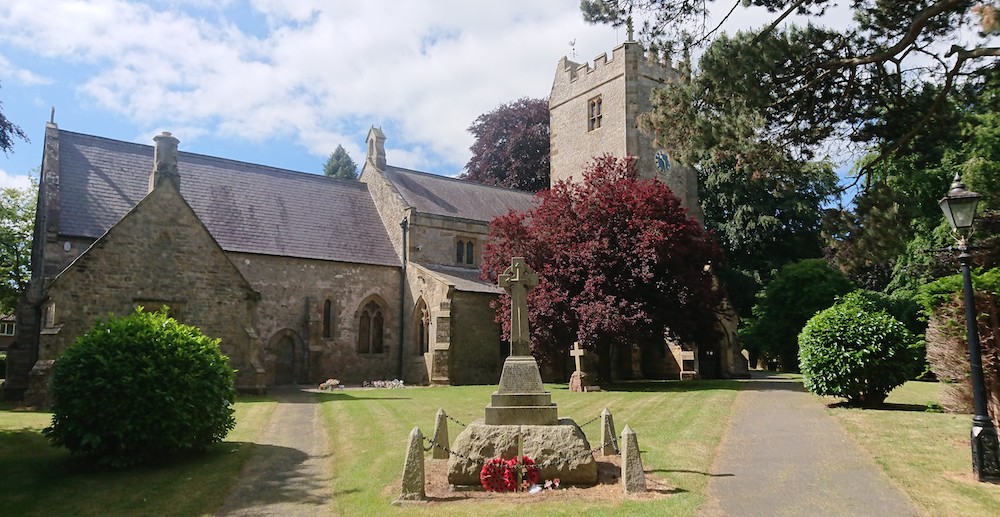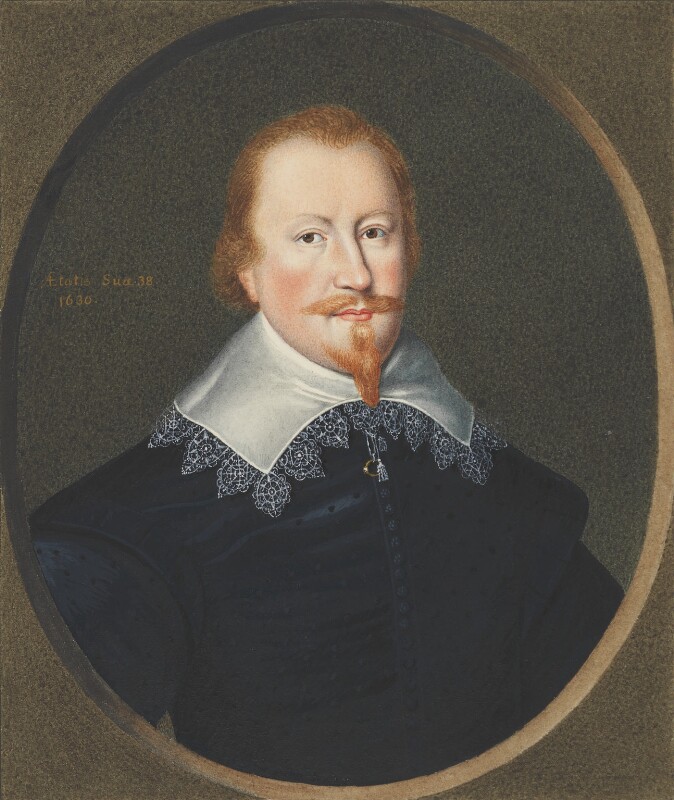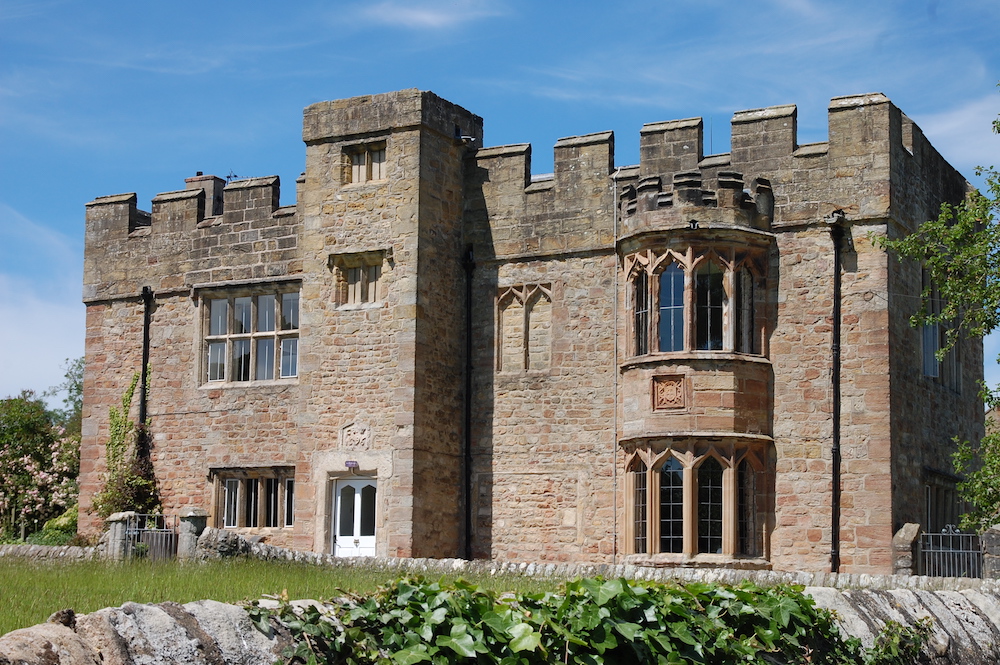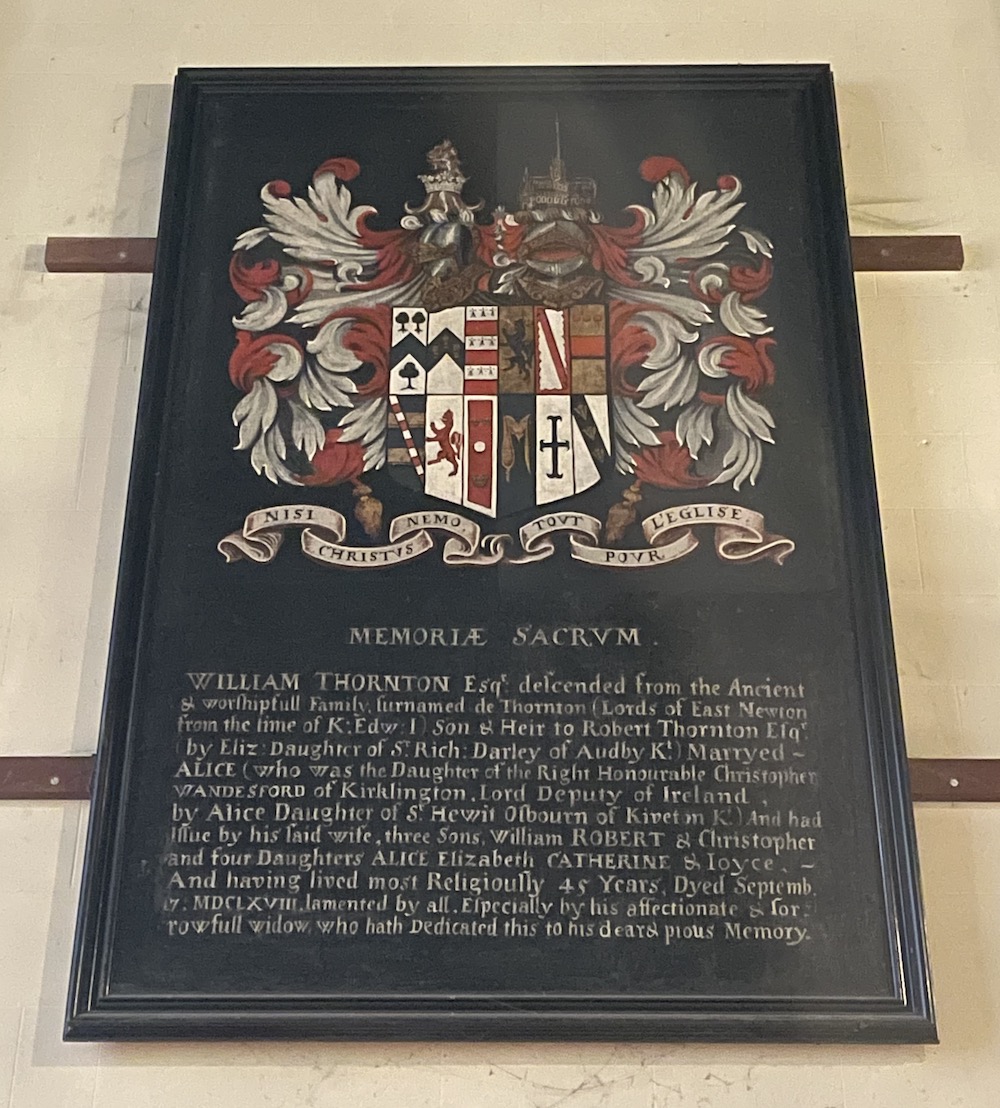Alice Thornton's Books
Remembrances of a Woman's Life in the Seventeenth Century
'Alice Thornton's Books' is a collaborative research project which aims to enhance understanding of the lives and works of early modern women.
While by no means the only seventeenth-century woman to write her own life story, Thornton is unusual in having written four different versions of her autobiography. Collectively, her Books offer an extraordinarily rich insight into gentry life in seventeenth-century Yorkshire, at a time of civil war and plague.
This website provides resources aimed at better understanding the life and work of Alice Thornton and hosts a fully searchable digital edition of all four of her autobiographical Books.
Who Was Alice Thornton?

Most of what we know about Alice Thornton (1626–1707) is drawn from the autobiographical Books which she left to her eldest daughter in her will. She relates a veritable ‘riches to rags’ story, punctuated by many of what she presents as near-death experiences.
Born in Kirklington, Yorkshire on 13 February 1626, Alice spent her childhood years in relative comfort in Yorkshire, London and Dublin. She was the fifth child and youngest daughter of Christopher Wandesford (1592–1640) and his wife Alice Osborne (1593-1659). She later wrote that she had her first deliverance from death at age three at Kirklington Hall when she was following her nurse, Sarah, and tripped on a hearth stone and cut her head open.

National Portrait Gallery (NPG 2407) CC BY-NC-ND
In 1633, the family relocated to Ireland, as her father's friend and mentor, Thomas Wentworth (first Lord Strafford), had been made Lord Deputy of Ireland and there was a role for Christopher Wandesford in Dublin. Here, Alice spent time with Wentworth's daughters, Anne and Arabella, and learnt French, singing, dancing, silk-work and other ‘suitable’ accomplishments. Their playtime together included a swinging game that caused another near-death experience. In early 1640, her father took over as Lord Deputy of Ireland before his sudden death later that year at just 48 years of age.
After her father’s death, and prompted by the turmoil of the Irish Rebellion, the family moved back to the north of England. However, the following year they were caught up in the events of the civil war. Alice's family were for the king and their estates at Kirklington were confiscated. Parliamentarian and Scottish soldiers were billeted on her mother’s lands in Hipswell, Richmondshire.
When her oldest brother, George, drowned in the river Swale in 1651 – which Alice claimed to have foretold in a dream six months earlier – she reluctantly agreed to marry in order to help secure her own financial future. Her family had settled on William Thornton (1624–68), a member of the lesser gentry in Ryedale, whose parliamentarian family connections had helped the Wandesfords recover their lands.

© Suzanne Trill
Alice and William were married for seventeen years and during that time she gave birth to nine children. In her Books, Alice vividly described the dangers of childbirth and poignantly recorded the deaths of six of her infant children. She charted the development of those who survived - Alice (Nally), Katherine and Robert - and continually thanked God for their miraculous deliverances from illnesses and accidents. Family finances were frequently precarious and William died in 1668 without a will and much in debt.

© Cordelia Beattie
Alice then spent her widowed years dealing with the ramifications of this while trying to raise her three children. The oldest, Nally, was married to the local minister, Thomas Comber, not long after William’s death. Alice herself had already been the subject of gossip about her close relationship to Thomas and this sudden marriage - when Nally was just fourteen - caused further scandal. Katherine married in 1682 and Robert was intended for a career in the church but he died in 1692.
Alice Thornton continued to live at East Newton Hall in Ryedale until her own death in 1707 but, after her son's death, the property was owned by her son-in-law, Thomas Comber, who provided her with an annual pension on which to live, then his widow, her oldest daughter.
In her will, Alice Thornton made bequests to improve her local church, Holy Trinity, Stonegrave, which her estate could not afford; so, perhaps her most important gift was that of her own Books, which stayed in Comber family hands for hundreds of years before their eventual acquisition by the British Library and Durham Cathedral.
Citing this web page:
Cordelia Beattie, Suzanne Trill, Joanne Edge, Sharon Howard. 'Alice Thornton’s Books: Remembrances of a Woman’s Life in the Seventeenth Century'. Alice Thornton's Books. Accessed .https://thornton.kdl.kcl.ac.uk/